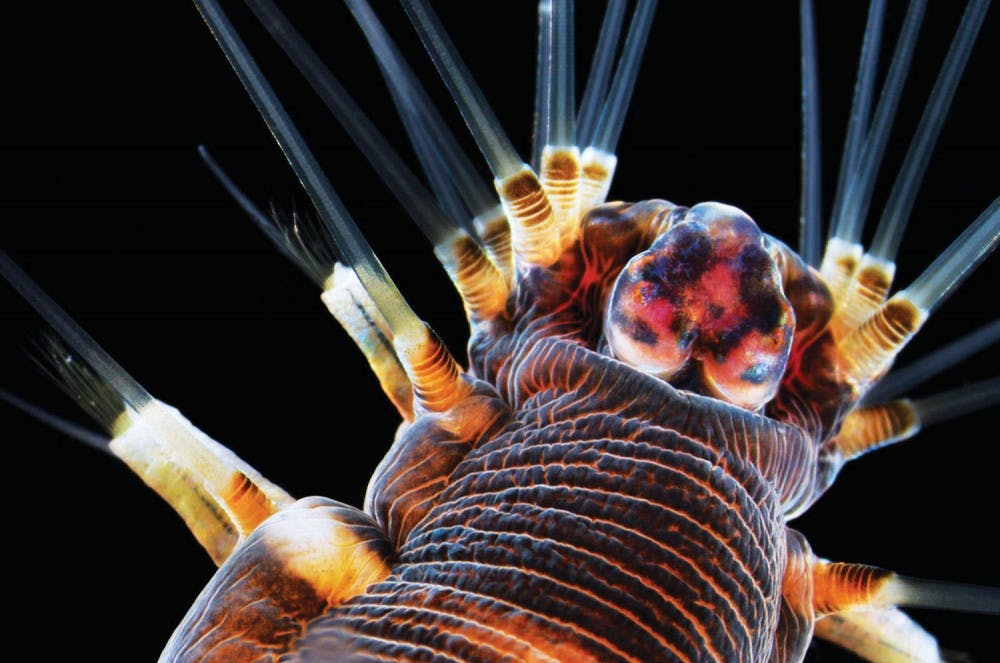Liquid crystals are best known for their use in liquid crystal display screens. However, Penn say their uses in research are expanding.
Since, liquid crystals’ molecular configurations changes as their environment — droplets of liquid — changes, the crystals can indicate a shift in that environment
Usually, the optimal angle for liquid crystal molecules is zero – parallel to the surface of the droplet. However, as the outer solution’s composition changes, the optimal angle also changes, altering the molecular configuration of the liquid crystal.
The chromonic liquid crystal also shows a gradual change in phase and molecular structure as the conditions within the droplets vary.
While most liquid crystals in past research are oil-based, this study focused on chromonic liquid crystals, which are made from an aqueous solution. It specifically used a solution of organic salt called “Sunset Yellow,” a type of common food dye.
The Sunset Yellow molecules have a plank-like shape that stack up and create columns within the solution. As temperature and concentration of the solution change, it condenses into liquid crystal phases.
When the concentration continues to increase due to water evaporation, the solution undergoes a transition from nematic to columnar phase, which are two types of liquid crystal phases. During this conversion, the water droplets take a faceted, hexagonal form based on the crystalline structure in the columnar phase.
“Facets are not something we normally see or associate with liquid droplets,” Arjun Yodh, director of the Laboratory for Research and the Structure of Matter (LRSM) and team member, added.
He expects there will be biomedical applications for the discovery, because “these kinds of liquid crystals form in water and can therefore interact with molecules that are closely associated with life.”
“We are taking first steps towards experiments that can demonstrate [liquid crystals’] use for molecular detection,” Yodh said, as researchers can notice changes in liquid crystal’s environment from the changing arrangement of liquid crystals.
In spite of these discoveries, Joonwoo Jeong, a post-doctoral researcher who worked on the project with Yodh, Tom Lubensky, a physics and astronomy professor and Peter Collings, a physics professor from Swarthmore noted that there are still more properties to reveal.
“We just started with simple symmetric geometry,” he said.
Jeong came up with various new confinements, such as tubes, toroids and shells, in which liquid crystals may exhibit different characteristics from the droplets.
He is in fact currently working on liquid crystals in cylindrical tubes and indicated the possibility for additional novel findings.
“It already shows many interesting phenomena,” Jeong said.



